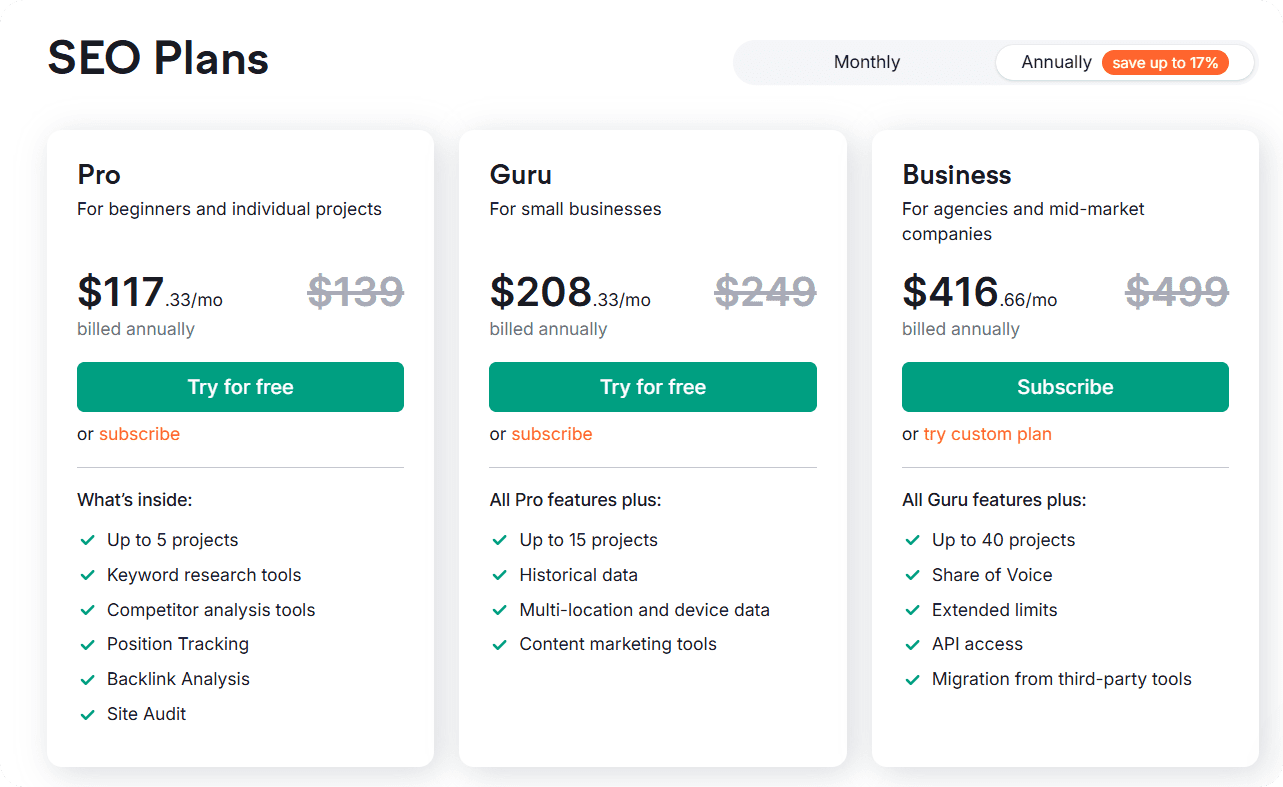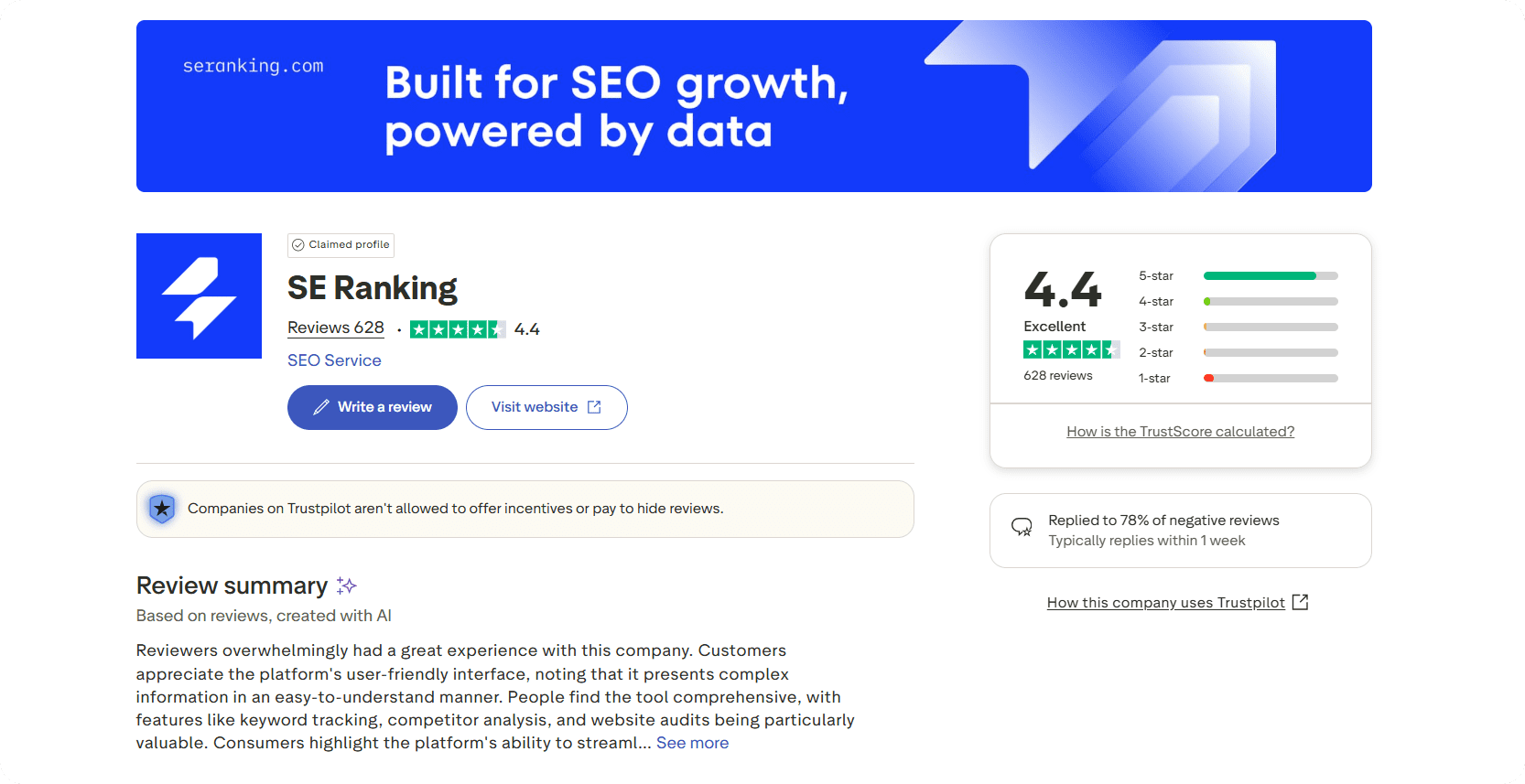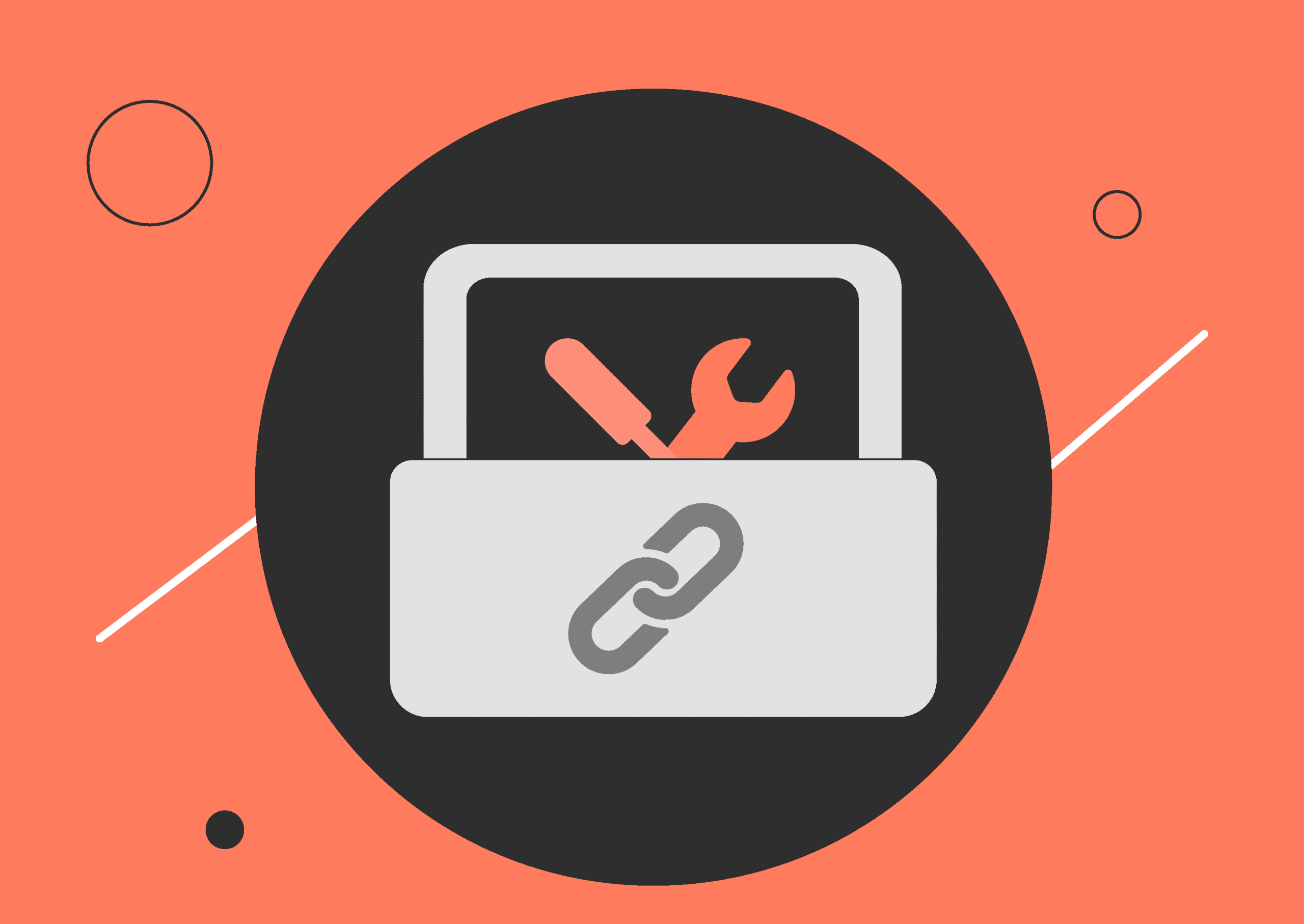You can hardly find an SEO specialist who can get their sites to higher rankings without link building. It’s the core to building credibility and authority, both for users and search engines.
But without the best link building tools, all of the manual work will become overwhelming. With so many platforms available, from all-in-one SEO suites to specialized outreach tools, it’s not always easy to know which option will give you the best return.
By following a few simple steps, you can identify the features that matter most for your strategy by spending resources on what matters, and focus on tools that truly support your SEO goals.
How to Choose the Best Link Building Tools
Your link building strategy can suffer a lot from tasks that could be simply automated. For this, there are many available tools, but choosing the wrong one can lead to wasted time and money.
So, follow these easy and simple steps to help you make an informed decision.
Step 1: Identify Clear Goals
Before choosing a tool, you need to pursue a certain goal(s).
- Are you trying to find new link opportunities
- Do you want to monitor existing links?
- Are you looking for a tool to manage backlink outreach campaigns?
For instance, if your priority is competitor backlink analysis, you can explore Ahrefs and SEMrush, which are well-known for analyzing competitor backlink profiles and identifying backlink gaps.
The best link building tools should not only fit into your everyday workflow but also help in receiving the expected results.
Step 2: Explore the Key Features
After defining goals, move to evaluating the features. There are tools that provide only the basics, while some other best link building tools offer more advanced capabilities. Here are some of the key features most link-building tools include:
- Backlink Analysis: Identify your existing backlinks and evaluate their quality. Check the overall quality of the websites they come from, as well as the metrics of these referring domains. Ahrefs is an ideal tool for backlink monitoring, as it has an extensive database with large historical data for detailed analysis.
- Competitor Backlink Analysis: Discover where your competitors have backlinks but you don’t. This can reveal all the missed opportunities and gaps in your backlink strategy.
- Link Prospecting: Identify relevant websites to target for link building outreach. Ahrefs’ Content Explorer allows you to find relevant websites. You can also filter them by domain rating and organic traffic
- Monitoring and Reporting: Track new and lost backlinks, as well as irrelevant or toxic links, to keep your backlink profile healthy
Carefully analyze these features and make sure they meet your goals. This way, you don’t have any wasted resources.
Step 3: Evaluate Usability and Convenience
Even the most powerful tool can be a trouble to use if it’s not user-friendly. If you are considering the tool for long-term use, or your other team members are going to use it, you should prioritize its user-friendliness.
Here’s what we recommend:
- Look for a clean, intuitive dashboard where data and features are easy to access and clearly visualized.
- Avoid tools that are confusing or overly complex, as they can take a lot of time to understand.
- Ensure the tool can integrate with existing platforms and tools to reduce tedious work.
- Check if the tool offers tutorials or has responsive customer support for quick onboarding and resolving technical issues.
All of this together ensures that your team can focus on building links and not waste time on figuring out simple tasks.
Step 4: Check Data Accuracy and Coverage
For accurate link building results, you need precise data. A tool can have a lot of features, but if its backlink information is outdated or incomplete, your strategies will be misguided.
When checking data quality, consider:
- Backlink Database Size: Larger databases cover more websites and link opportunities.
- Update Frequency: Frequent updates ensure the displayed data shows the latest links, lost backlinks, and new opportunities before competitors. For example, Ahrefs has the largest index of live backlinks, which updates every 15-30 minutes. Impressive, right?
- Reporting Accuracy: Precise information on domain rating/authority, traffic, spam score, and other metrics helps users make smart and informed decisions.
Step 5: Consider Pricing and Scalability
Link building solutions come in a variety of pricing options, from free plans to enterprise-level subscriptions. While it’s tempting to go for the cheapest option, the best link building tools provide a balanced mix of features, reliability, and support. Enrolling in a digital marketing course can further enhance your understanding of how to use these tools effectively to improve your website’s SEO performance.
For instance, SEMrush provides pricing plans for individual specialists, businesses, and larger enterprises, coming with appropriate limits and features that are specific to every target group.

Keep in mind that monthly or annual plans vary in features and limits, so check what’s included in each plan. Check if they offer free trials, as it’s a good opportunity to test the tool before committing.
As your link building campaigns grow, make sure your current subscription can handle your current needs so you don’t feel forced to switch platforms.
Step 6: Test with a Trial or Demo
Before committing to any link building tool, do a complete hands-on test. If possible, ask the service provider to do a quick demo of the product. A free trial should give you the same chance to examine all the features.
For instance, SE ranking provides free product tours to test and actually experience the features before deciding to commit.

When testing different tools, ask yourself the following questions:
- Can I figure out how to use the link building tool without watching ten tutorials?
- Do the features actually make my work easier or just look good on paper?
- Which one feels the most effective to use and gives me the clearest, most reliable results?
Trying out different options will help you understand which tool actually saves you time, delivers real insights, and feels right for your team’s daily workflow.
Step 7: Read Reviews and Case Studies
Before finalizing your choice, take time to see how others have used the tool in real-world scenarios. Reviews from real people can reveal practical tips about strengths, weaknesses, and overall usability that you might not notice during a short trial.
We recommend checking out platforms like Clutch or Trustpilot, where users share honest experiences, so you can get a clear picture of how the tool performs day to day and whether it’s a good fit for your team.

Case studies are equally important, as they show how businesses have applied the tool to achieve measurable results.
Relying on authentic feedback ensures that your decision is informed by both data and experience, giving you more confidence in your choice.
Wrapping Up
In the end, your link-building efforts should give you rankings and not bury you in a busy workload. Once you find the best link building tools that can do it for you, you’ll wonder how you ever managed backlinks without them.
Maybe you’re a business that wants a platform offering everything in one place, or maybe you’d rather use specialized tools for each task. Either way, just find what works for your workflow and stick with it.




